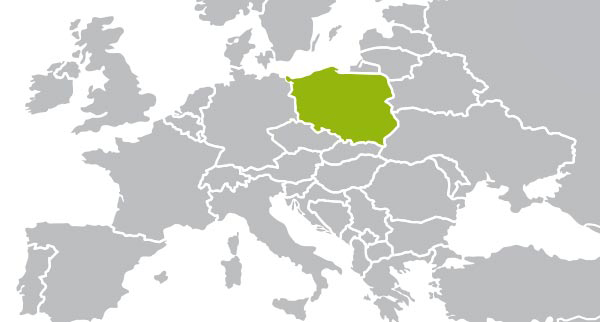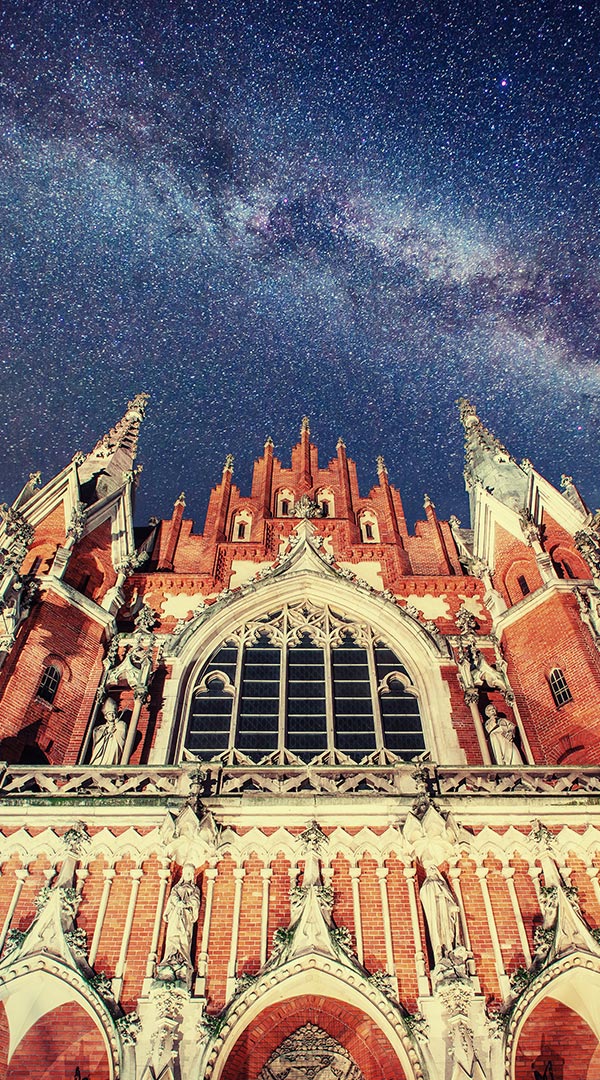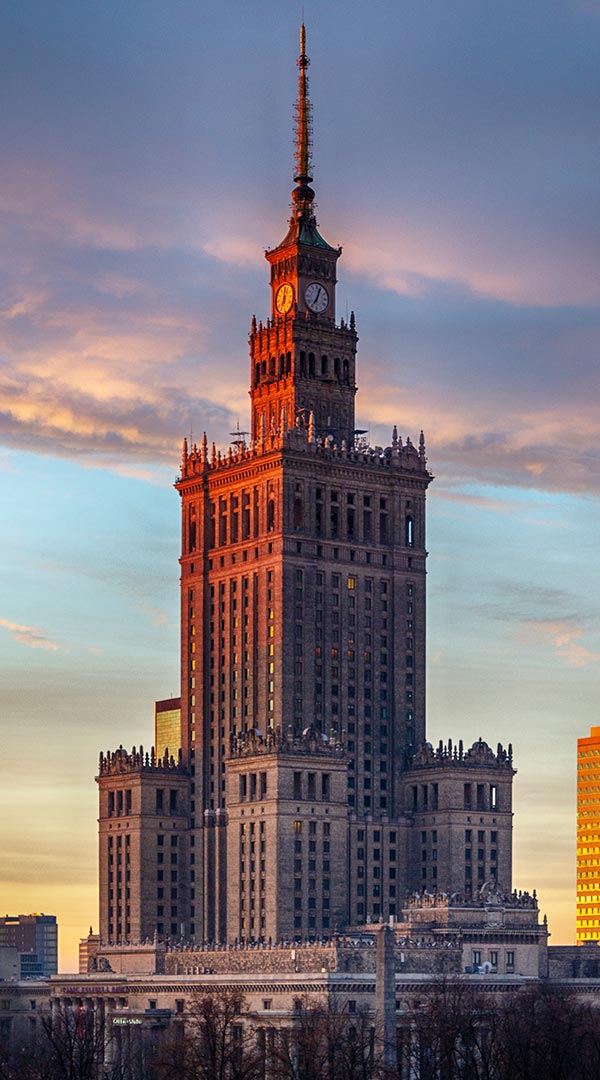
Warsaw, the capital of Poland, was founded in the 13th century on both banks of the Vistula River.
Warsaw is a place full of life and has its own distinctive atmosphere. However, the city has a sad history. During the second world war, the city was destroyed and then rebuilt. The current capital Warsaw is full of life, shopping malls and skyscrapers.
Architecture in Wroclaw
Warsaw Royal Castle
The attractive place for tourists is the Old Town – on the World Heritage list of UNESCO. Extremely attractive is also the Royal Route, the Chopin museum and site of a former Jewish ghetto.
The Castle Krolewski (Royal Castle), which was originally built in the 13th century and was the seat of Mazovian dukes. Upon transfer of power (domination) from Krakow to Warsaw became the seat of the king and the government. Except for this one castle there can be found another royal residence, the Wilanów Palace. During your stay in Warsaw, you should also visit the Lazienki Palace, which is called “The Water Palace”.
Krakow, the former royal capitol of Poland, with its rich history, displays all the great European architectural styles – Romanesque, Gothic, Renaissance, baroque, and art nouveau. Find the world’s largest late-Gothic altarpiece within the darkened interiors of St Mary’s Basilica, and then step out into the sunshine to see the gleaming 16th-century Renaissance Cloth Hall, in the old town square.
Pay your respects with a visit to Auschwitz, the largest of the concentration and death camps of the “Final Solution” atrocities committed by the Nazis in World War 2.
Or get underground at the UNESCO world heritage listed Salt Mine Wieliczka. Opened in the 13th century, the mine produced table salt continuously until 2007.
Krakow Old Town Square
Warsaw
„PARIS OF THE NORTH“

Church St. Joseph, Krakow
Wroclaw with its idyllic location on the Odra River, is a must see. The city comprises 12 islands, 130 bridges and verdant riverside parks. The beautifully preserved Cathedral Island is a treat for lovers of Gothic architecture. Having absorbed Bohemian, Austrian, and Prussian influences, the city has a unique architectural and cultural make-up, which is best symbolized by its magnificent market square (Rynek).

Warsaw
Gdańsk has a unique feel that sets it apart from other cities in Poland. Centuries of being the maritime hub, with the ebb and flow of history, as a major Baltic port; have left its mark with its distinctively un-Polish architecture, narrow streets, all which has been influenced by a united nation of wealthy merchants who helped shape the city’s past, are highlighted in such a small area.

Delicious food
If there is any cuisine that is known for being hearty, it’s Polish food. Pierogi are perhaps one of the most widely known and loved of the Polish dishes. These stuffed dumplings can contain a variety of different ingredients, typically beef or pork and are quite a versatile dish in that it can be made sweet with plum or apricot. Gołąbki which is seasoned meat and rice wrapped in boiled cabbage leaves. Kolaczki is perhaps one of the most popular desserts from Poland. These are folded cookies that contain a fruit filling (usually apricot) or a sweet cheese filling and are lightly dusted with powdered sugar. Of course, these foods have to be enjoyed with a glass of Polish Vodka.
So, welcome to Poland!





